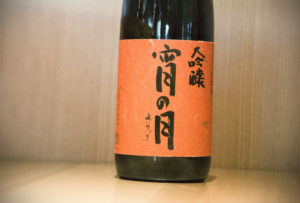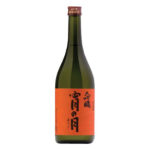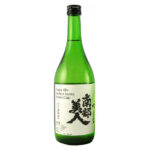Ginginga Rice – Iwate’s Sakamai
Last updated 6/30/2020
Sake made with Ginginga can have a grainy umami quality. But it is also typically light with a clean and refreshing finish. Adding to its complexity, Ginginga can display a diverse array of fruity notes too– particularly when paired with local Iwate yeast and/or ginjo brewing techniques. All this can lead to a lot of variation in profiles of sake rewed with Ginginga. It’s best you go out and sample as many as you can!

Ginginga 吟ぎんが is a sake rice hailing from Iwate. It originated from a cross of Yamagata Sake No. 49 (山形酒49号) and Akita Sake No. 49 (秋田酒49号). It became available around 1999– having taken nearly a decade to develop. Ginginga was created to compete with Miyama Nishiki 美山錦. And in many ways it succeeded by having larger grains with more shinpaku– desirable traits for sake brewing. And Ginginga is also resistant to cold and therefore desirable for farming in Iwate. In 2019, 547 metric tons of Ginginga were produced. This ranked 16th in total Japanese shuzokotekimai production.
In sake rice production, Ginginga just cracks the top 20 nationally. However, this is despite being grown almost exclusively in Iwate. Asabiraki (あさ開), Nanbu Bijin (南部美人), Akabu (赤武), Tsukinowa (月の輪), and Hamachidori (浜千鳥) are all well-known brands/breweries that use Ginginga.
Popular Sake Brewed with Ginginga Rice
 “Midnight Moon” Daiginjo |
 “Southern Beauty” Junmai Ginjo |
Follow the Japanese Bar on Social Media
Connect with our latest posts, the newest Japanese beverage info, and get exclusive promotional offers. Level-up your sake IQ!